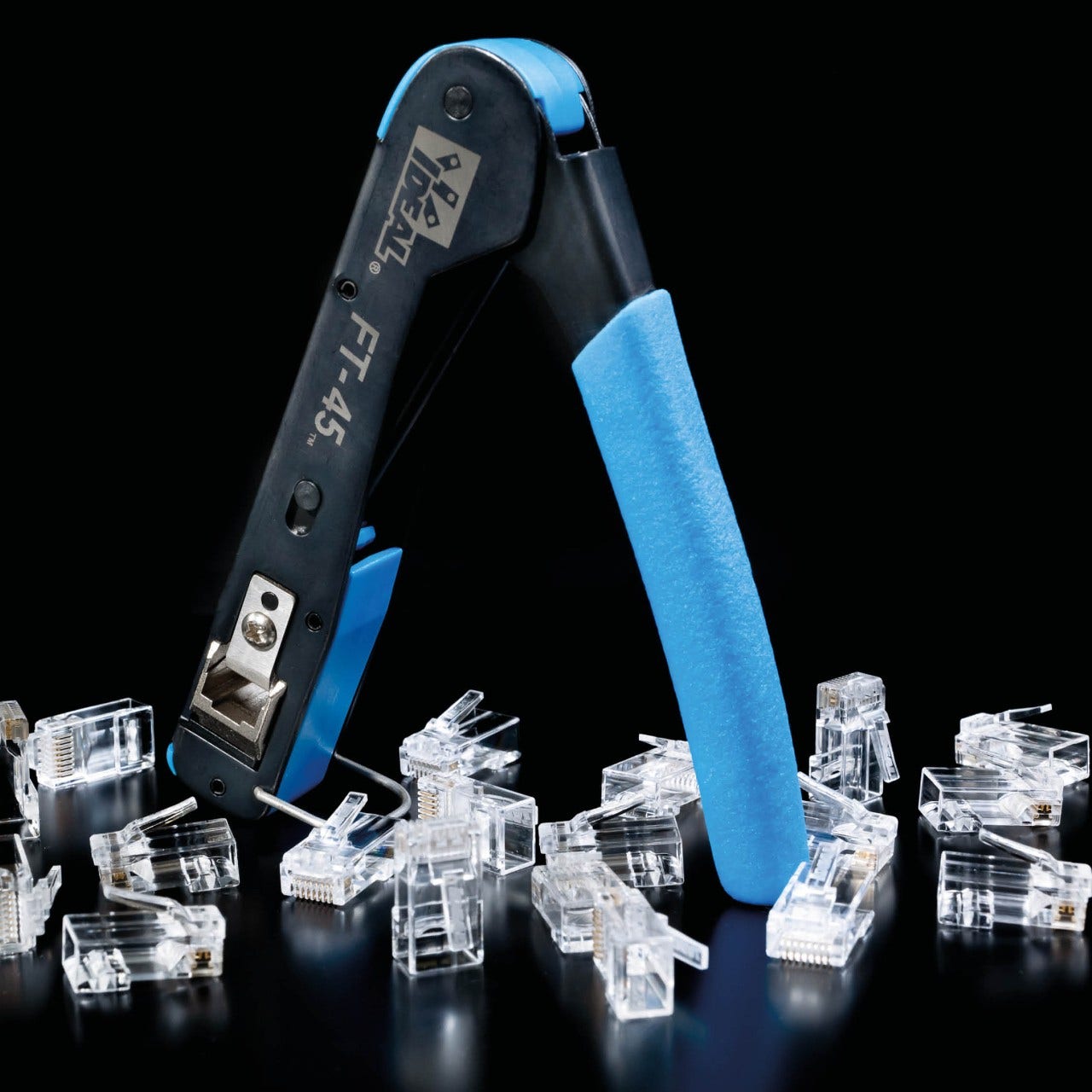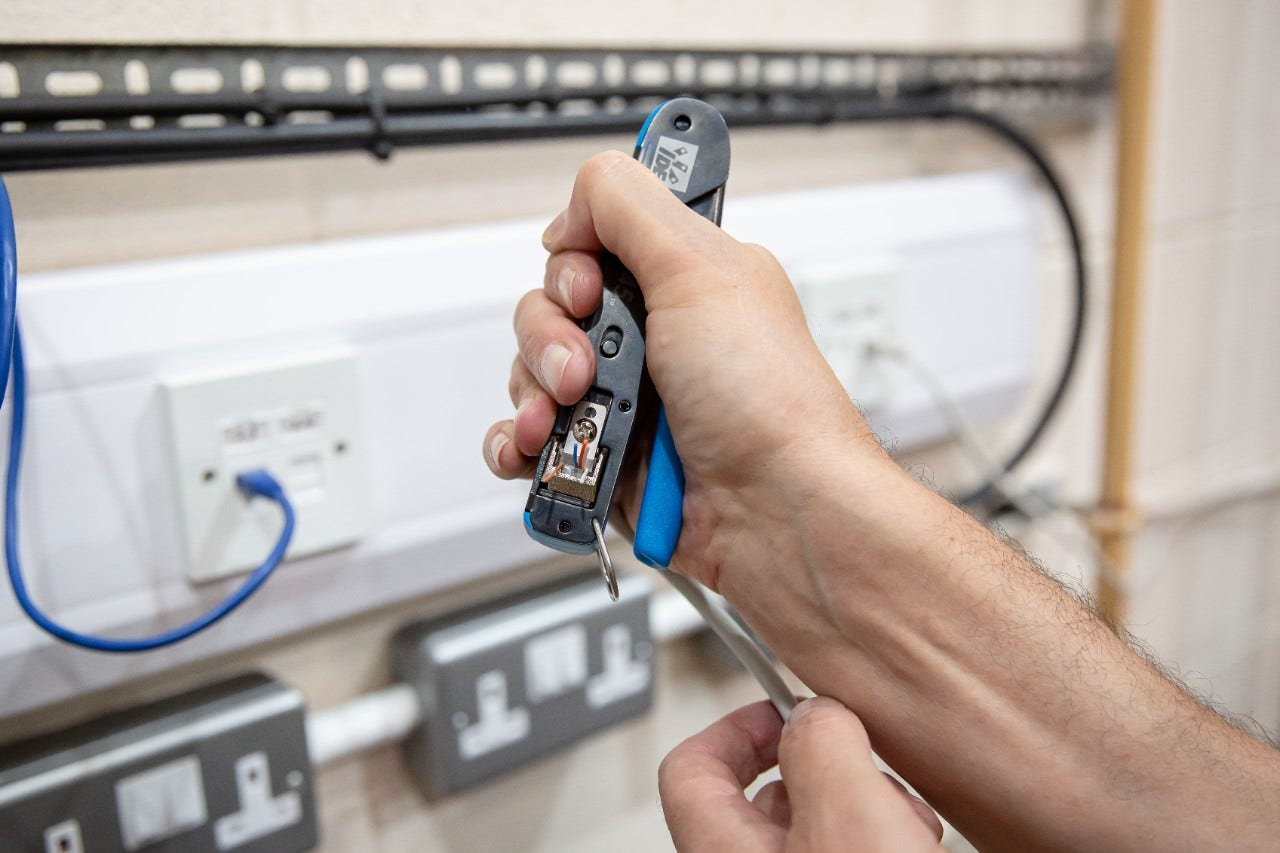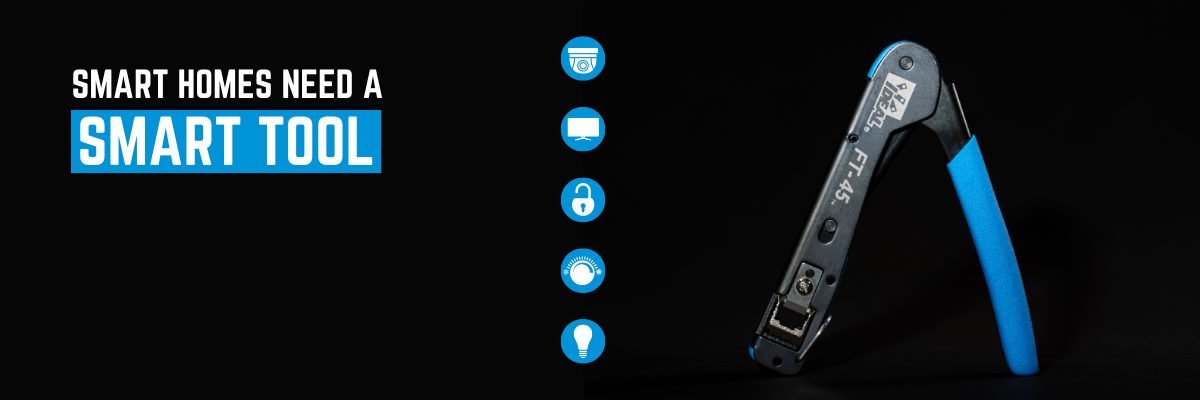Indeed, the scale and creativity of architecture in the Middle East cannot be argued, however, with the smart building boom well underway, it is vital that the industry has the tools at its disposal to keep pace with staggering demand, be it new developments or retrofit projects. Key to this is the ability to install increasingly sophisticated data networks quickly, effectively and without error.
The more complex the network, the greater the number of RJ45 assemblies and terminations required, which can inevitably result in consistency being compromised. Identifying faulty terminations on the system can be an onerous, costly and time-consuming task. As such, terminations must guarantee best practice and consistency every time.
Whilst conventional installation methods require conductors to be trimmed to an exact length before the plug is placed onto the cable, the FT-45™ Feed-Thru Modular Plugs leave no such room for error. As single-piece connectors, there is no need for installers to assemble a three-piece connector, nor do conductor wires require precision trimming; instead, installers simply remove an appropriate section of jacket, remove the centre spline (if present), untwist the pairs into the correct order, and trim the ends flat. The cable can then be slid into the connector until seated.



